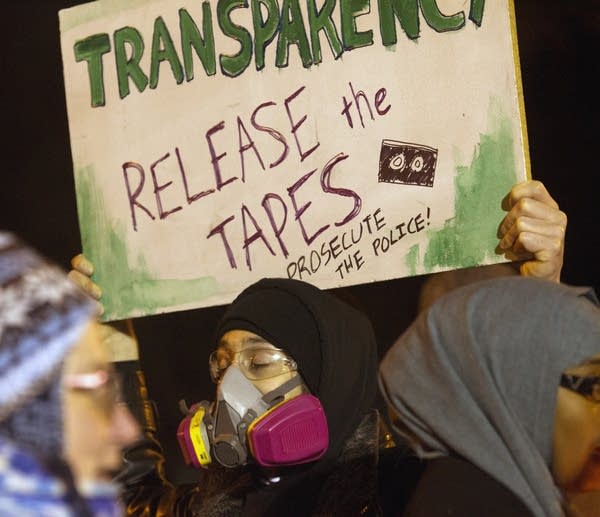Dayton: Ambulance video inconclusive in Jamar Clark shooting

Protesters have been demanding to see video footage collected by investigators probing what happened during the Nov. 15 confrontation between Jamar Clark and police officers.
Judy Griesedieck for MPR News
Go Deeper.
Create an account or log in to save stories.
Like this?
Thanks for liking this story! We have added it to a list of your favorite stories.


